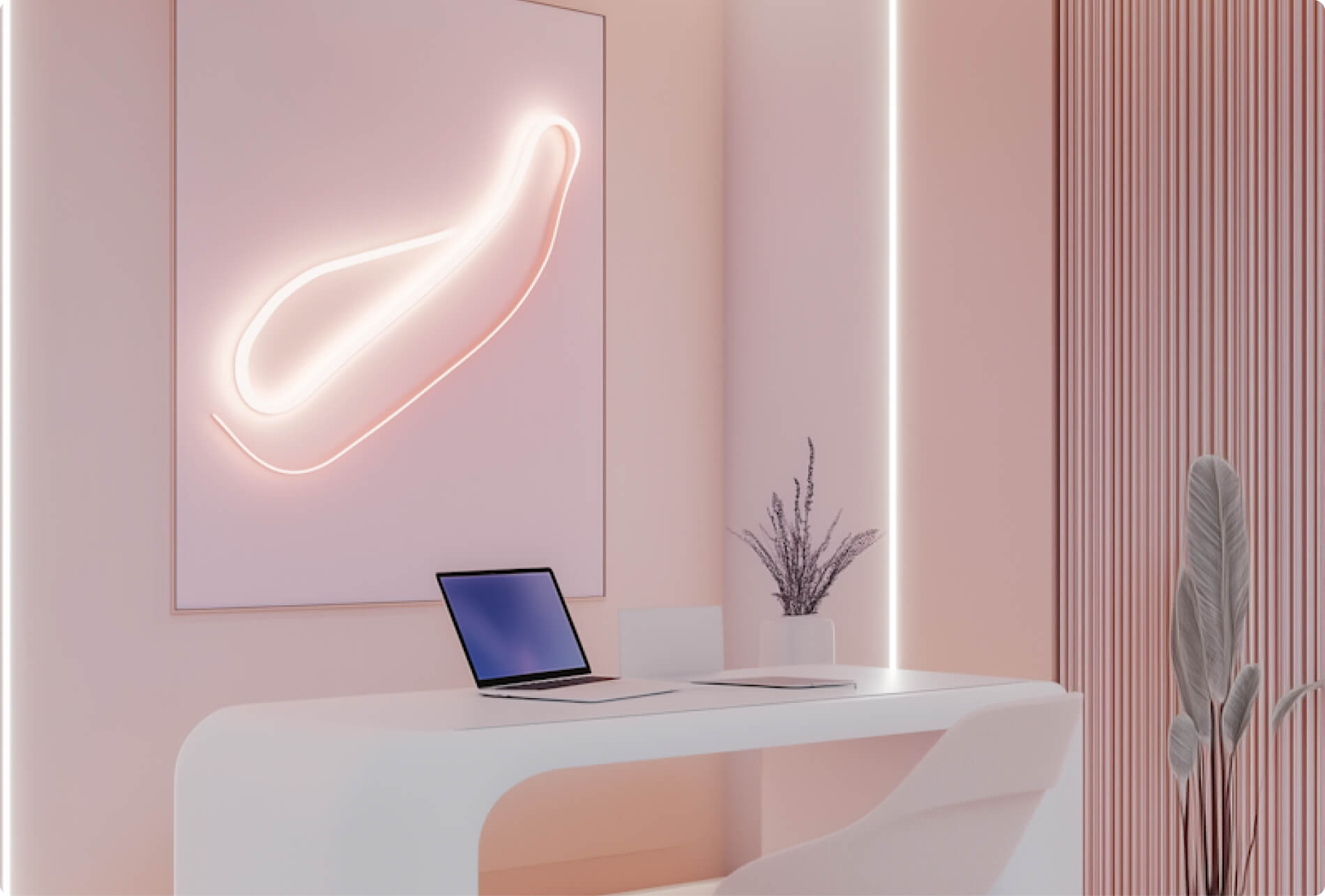Color is much more than just a visual element—it’s a powerful tool that shapes perceptions, evokes emotions, and influences decisions. In branding, understanding the psychology behind colors can be the key to connecting with your audience on a deeper level and building a memorable identity.
When people see a brand’s color palette, they instantly form impressions—often subconsciously. Colors can communicate values, personality, and even the promise of the brand without a single word. This emotional impact is why brands carefully choose colors to resonate with their target audience and industry.
When people see a brand’s color palette, they instantly form impressions—often subconsciously. Colors can communicate values, personality, and even the promise of the brand without a single word. This emotional impact is why brands carefully choose colors to resonate with their target audience and industry.
- Red: Energy, passion, urgency, and excitement. Brands like Coca-Cola and Netflix use red to grab attention and stimulate action.
- Blue: Trust, professionalism, calmness, and security. Tech giants like Facebook and IBM rely on blue to convey reliability.
- Green: Growth, health, nature, and tranquility. It’s a popular choice for eco-friendly and wellness brands.
- Yellow: Optimism, warmth, and friendliness. Brands like IKEA and Snapchat use yellow to feel approachable and cheerful.
- Black: Sophistication, elegance, and power. Luxury brands such as Chanel and Gucci use black to convey exclusivity.
- Purple: Creativity, wisdom, and luxury. Often seen in beauty and high-end products.
%20(1).jpg)
Take a look at how Spotify uses green to symbolize growth and freshness, reinforcing its vibrant and innovative music platform identity. Their consistent green branding across the app and marketing creates instant recognition and emotional connection with users.
Color psychology isn’t just a design trend—it’s a fundamental part of branding strategy. By thoughtfully selecting and applying colors, brands can foster trust, evoke emotions, and ultimately influence customer behavior. If you’re looking to build a powerful brand identity, start by understanding the language of color.


.svg)
.svg)
%20(1).jpg)








.svg)





